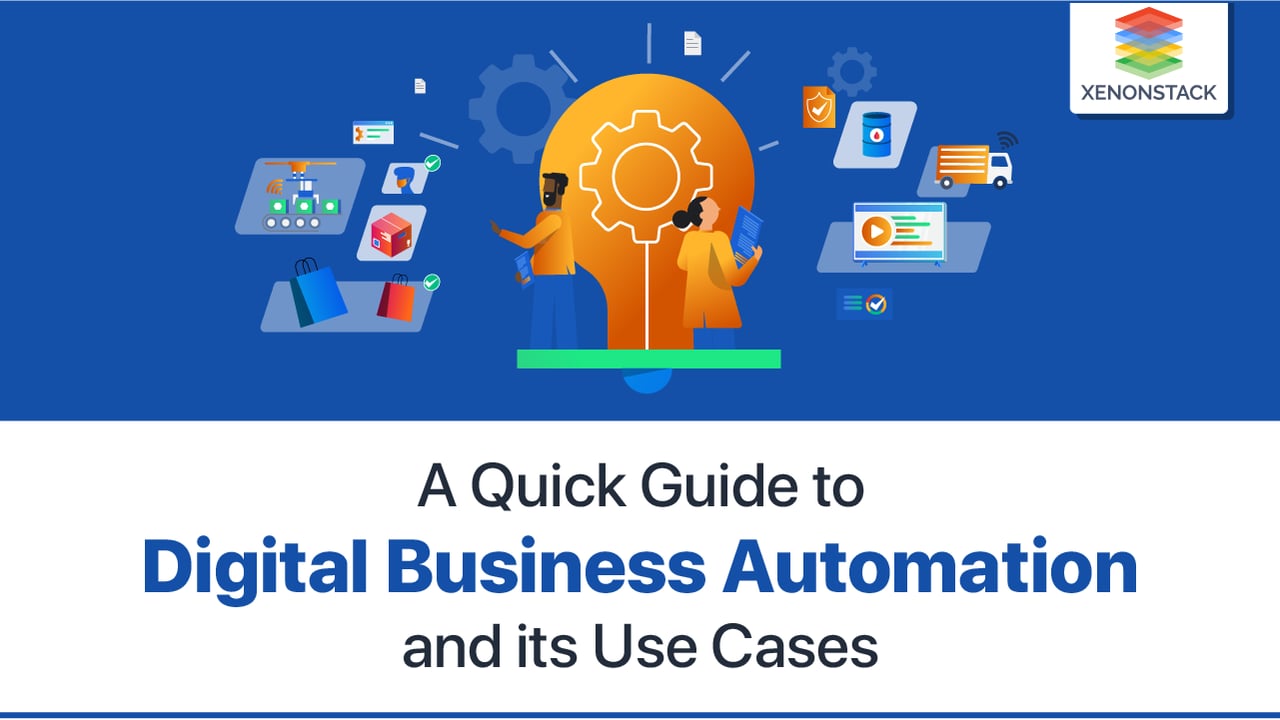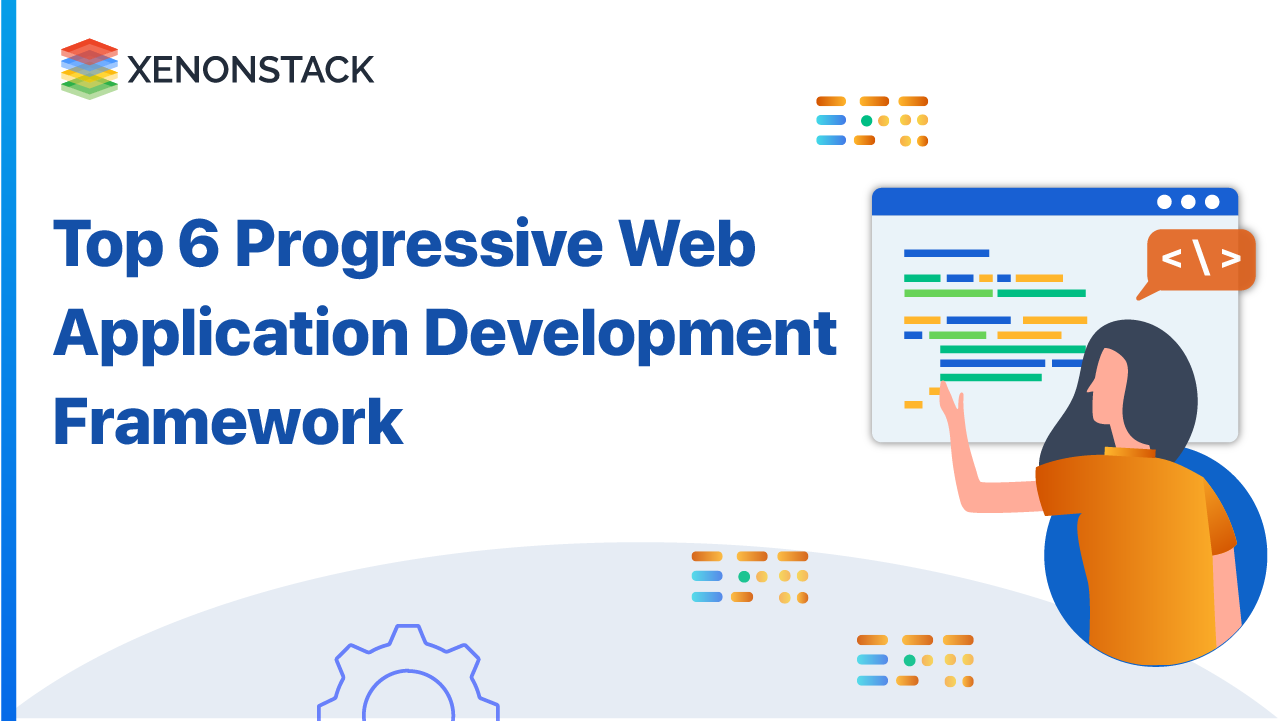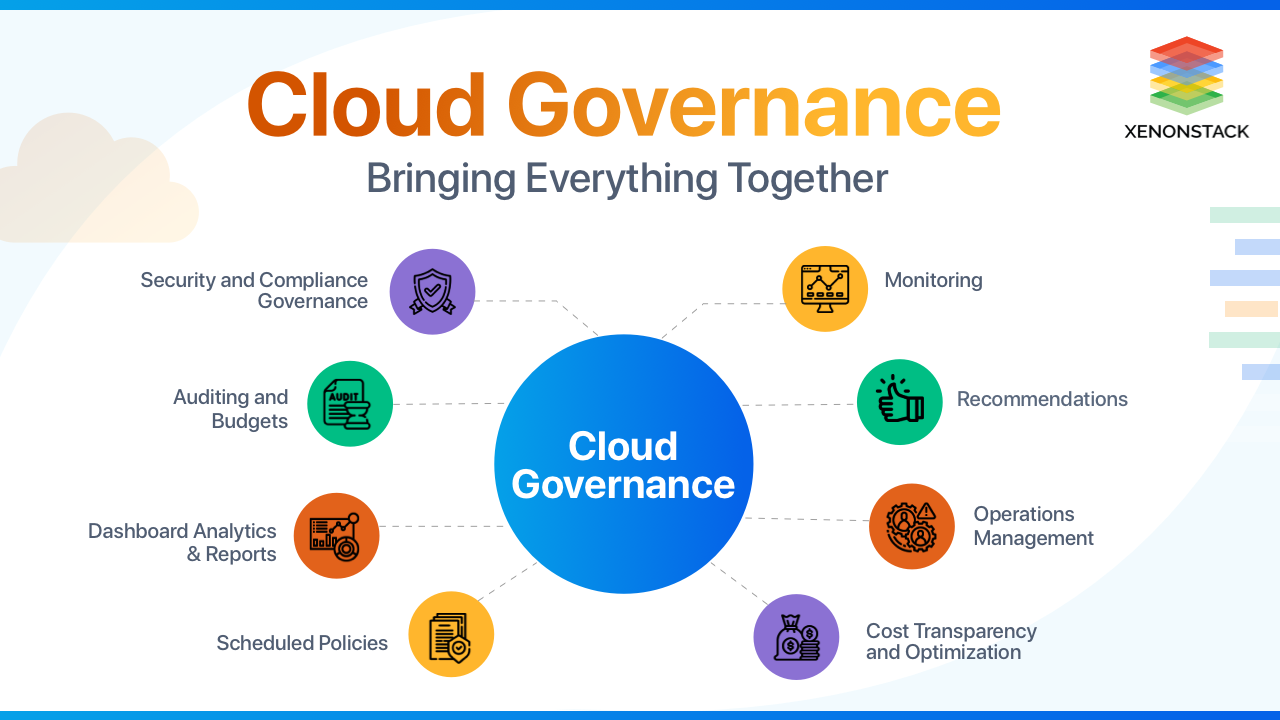
Introduction to Digital Business Automation
Business Process automation comes with many advantages, including increased customer satisfaction, service consistency, managed workflow, etc. With the adoption of new technologies, business leaders are moving towards modernizing their approach to achieve operational excellence and efficiency.
Seamlessly integrating AI, Data, and Cloud solutions help build a rigid foundation for the business, automate their workflows, and put data to work for intelligent insights and enable growth and agility while focusing on innovation.
With the main focus on streamlined activities and enhanced productivity, It is used to leverage automation abilities and support business people to drive value and fulfill all primary requirements.
Build new business models, processes, software and systems that result in more profitable revenue, more significant competitive advantage. Click to explore about our, Application Architecture for Digital Transformation
What is Digital Business Automation?
Naturally, it is a part of Digital transformation. The main focus is on connecting the digital and real worlds, in particular to data, with the help of software and hardware to optimize the processes and enable efficiency with technology. In Simple words, I am converting a time-consuming and costly business process into a smooth and streamlined approach with the latest technological implementation.
The Way it differs from Digital transformation is that Digital Business Automation is, as the name implies, the implementation of Digital processes across the business, while Digital transformation is more of a culture that is based on the rollout of technologies to facilitate a competitive edge for the business.
The Transformation mainly occurs by identifying opportunities for growth and improving efficiency to reach the goals and objectives while simplifying the activities and processes.
Business Automation mitigates isolated processes, benefits the organization with modernization, and improves quality and speed better than human capabilities.
Building AI-First enterprises with Data-First Approach for decision Intelligence with advanced mathematical and statistical techniques. Click to explore about our, Generative AI Consulting Solutions
What are the benefits of Business Processes Automation?
- Faster and reliable processes - Automating manual, repetitive, and time-consuming tasks and setting up steps to perform the operations more effectively and efficiently.
- Reduced Operational Costs - With the integration of automation into the business processes, repetitive tasks can be sped up and benefit the organization with faster and more reliable service delivery.
- Minimized Errors - With intelligent processes and streamlined operations, the likelihood of errors reduces drastically. Multitasking and great performance can be achieved with Business automation.
- Enhanced Customer Experience - Business process automation delivers faster response times, data-driven personalization, and consistency across channels. This improves the customer experience and helps your business stand out.
- Increased Growth and Profitability - With managing the daily task with the help of machines and spending time for more innovation, and carrying out new initiatives to add value to customers and drive business value.
- Team member Satisfaction - Employee roles can evolve by eliminating monotonous and repetitive document-processing tasks. They can focus their time on higher-value work, and Organizations can benefit from this.
Address fundamental industry requirements – Right from adequately translating design intent from virtual world to manufacturing floor. Click to explore about our, Smart Manufacturing and Automation Service
How to implement Digital Business Automation?
Automating a Business process creates opportunities for growth for the organization. A business process is a chain of activities, and consistent collaboration between the links leads to the foundation of efficiency and effectiveness in the organization. The main concern arises in this era of rapid technological changes. That’s why business automation lets the organization understand, implement and cope with the changes and stay competitive, especially in this post-pandemic world. Applying an agile methodology to revolutionize business processes can bring organizational goals closer. Here are a few points to take into consideration:-
- Separate the business processes into manageable steps and identify tasks according to priority and importance.
- I was associating the processes with Business Goals and Challenges.
- Create a documentation process and execution plan for a smooth transition of the organization.
- Prepare Data Models in the range of business outcomes for a clear understanding of goals.
- Define the processes and implement technological advancements for aligning the steps and carrying out the tasks with optimum efficiency.
The Shift of Business Process Management to Digital Business Automation
The shift is happening, and organizations will rely heavily on business automation to achieve operational efficiency and reduce activity costs. The introduction of Business Process Management(BPM) has reduced a lot of work and enabled most businesses to operate in a streamlined manner, but moving on to the next advancement and closing the gaps behind, like - enhanced customer experience and advanced decision intelligence, can step up the services and values provided to the consumers. Organizations that still need to integrate digital business automation must accelerate their digital transformation journey and find the right way to integrate it to stay relevant and ahead of the competition.
The need for process automation and creating an incredible customer journey is shifted from BPM to Digital Business Automation.
An overview of where your company currently is and where it’s headed within its business operations. Click to explore about our, BizOps Strategies for Digital Transformation
What are the Digital Business Automation Use Cases?
Even though it is deployed mainly in the Financial and Banking industry, the Insurance sector, Retailers, manufacturing, and some government departments, it still holds much room for improvement. It can be implemented in industries with modernized processes and practical approaches. Let’s Discuss some Examples of Digital Business Automation in some Business Scenarios:-
Customer Retention and Onboarding
The onboarding process involves the following:
- Gathering a lot of information.
- Processing paperwork.
- Setting up training and coaching.
- Other processes.
- Customers can become frustrated when the entire onboarding experience is lengthened.
To prevent this, businesses and organizations can use their approaches to automate most of the onboarding process and eliminate workflow bottlenecks. The transition between steps is faster and more efficient while ensuring that the information is always accurate and up-to-date.
Effective Logistics Services
Creating and collecting invoices, scheduling and tracking shipments, securing proof of delivery, and resolving payment disputes – all these repetitive processes take up unnecessary time when done manually. They are also error-prone and inefficient, which can lead to significant losses.
So, Digital Processes Automation is seen as a reliable alternative to switch the traditional methods and incorporate digital approaches to advance and maintain a streamlined workflow for visibility and agility.
Claim Processing
Most Financial and Insurance companies deal with claim processing and forecasting and are in a constant state of validation and fraud mitigation to provide a great customer experience.
Report Preparation and Processing
The mostly done and time-consuming task for all industries can be automated to build transparency and continuous improvement. Reporting accounts for discovery and documentation and can be optimized to reduce complexity.
Conclusion
While most Digital technologies are aligned to lighten up the tasks and incorporate automation to facilitate scalability and business continuity for industries, it still needs to be widely accepted among many companies. It is predicted that Companies will adopt digitalization and process automation approaches to stay competitive, and those who will operate on legacy systems will fall.
- Explore about Digital Transformation in Healthcare with AI
- Discover more Digital solutions for Travel and Hospitality


